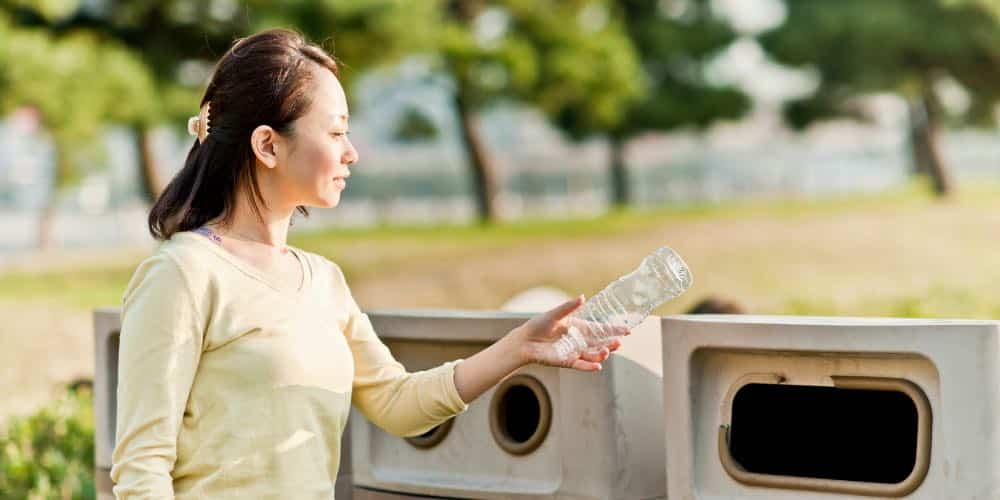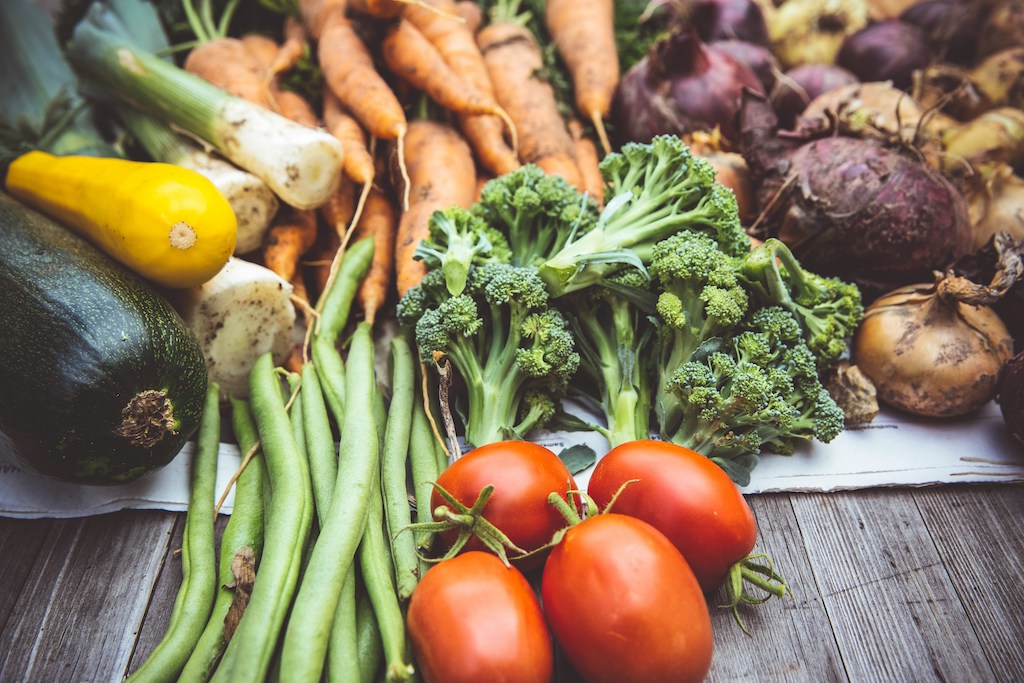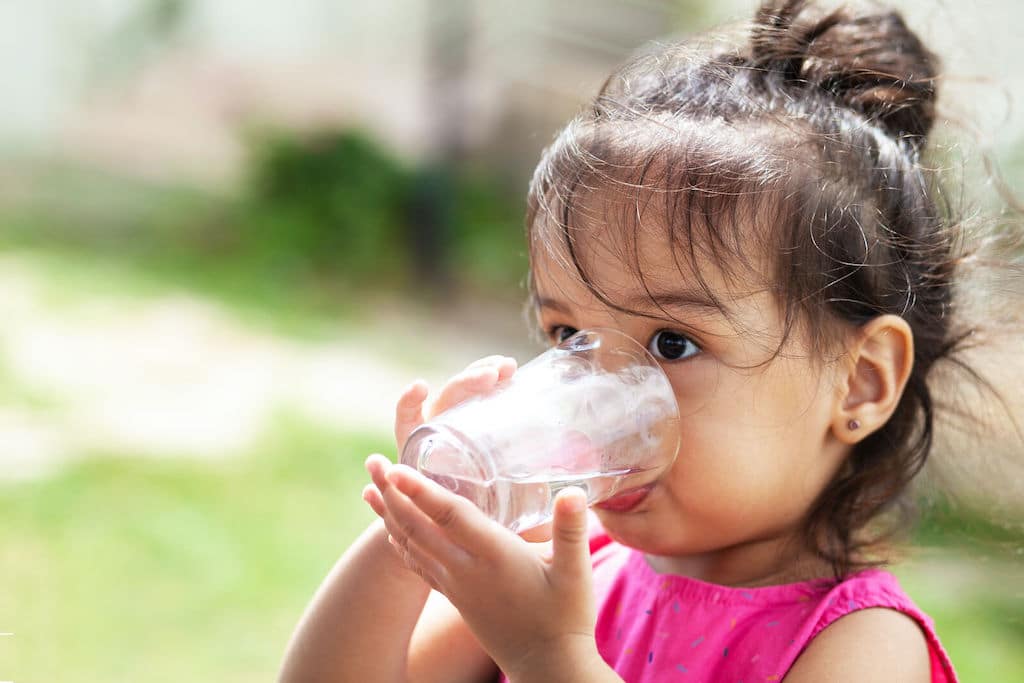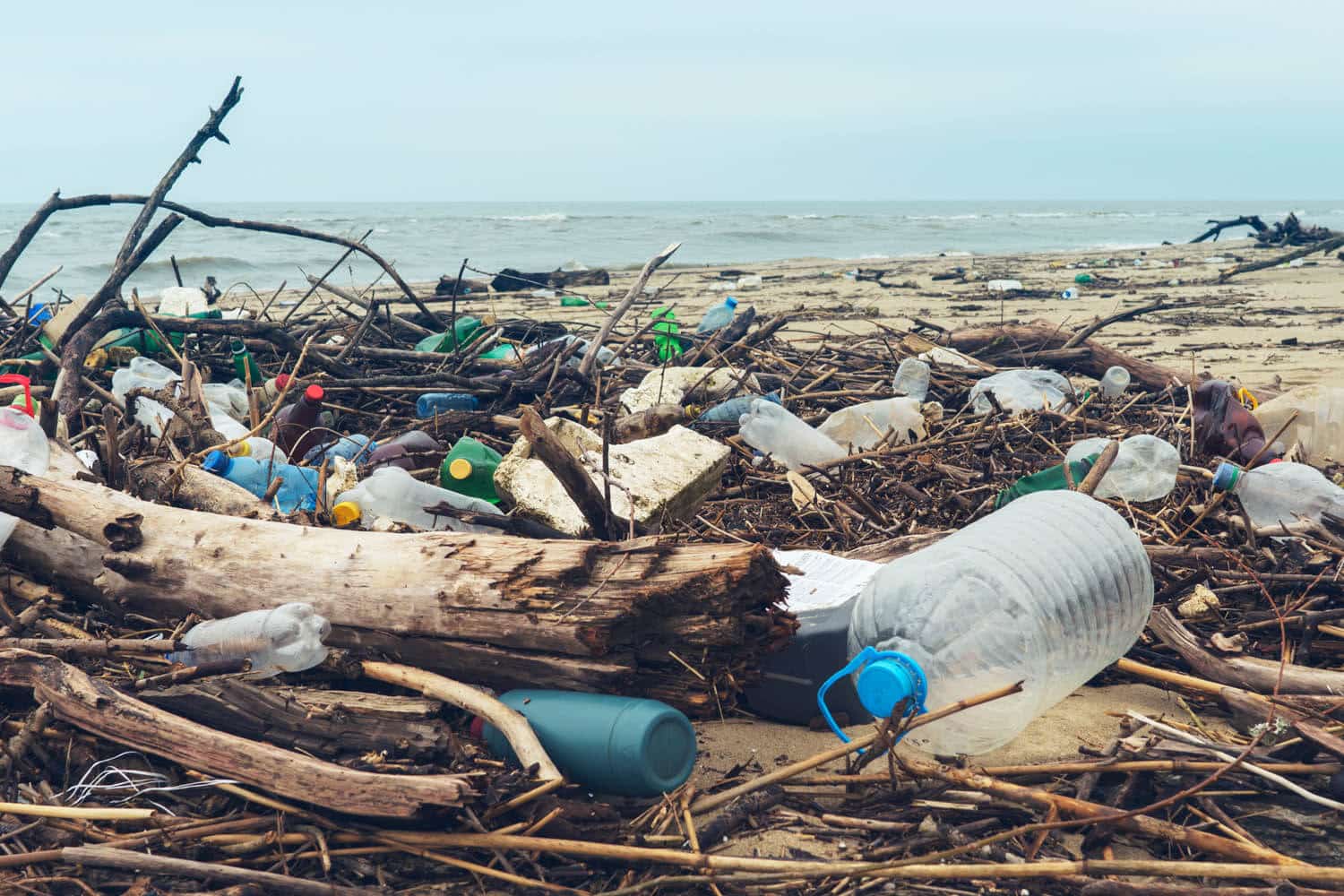People often ask what really happens to their plastic recycling. Unfortunately, it doesn’t matter where you set out your plastic for recycling collection, whether at the end of your driveway, at your local recycling center, or in a municipal recycling bin: Most plastic items collected as recycling are not actually recycled. Surprisingly, plastic is not designed to be recycled.
When you put used plastic (packaging, bottles, wraps, films, etc.) in a recycling bin (or trash bin), it is transferred into the hands of the global waste industry. This industry is made up of a wide network of businesses, governments, and individuals vying for a share of the nearly $500 billion that is generated annually in the global waste market. This trash trade has grown significantly over time, apace with plastics production and per capita waste generation, though recycling of plastic and other types of waste makes up a very small share of the market.
From a recycling bin, plastics are sent by rail or truck to waste-sorting facilities, also called materials recovery facilities (MRFs). Here, plastics are commonly sorted by like types (think films and bags, bottles, foams) and baled (squashed together into easily transportable space-saving cubes). Then it’s loaded back up on a train or truck, or a cargo ship, for the next leg of its journey.
1. Plastic “Recycling” Pollutes When Transported

The transportation of plastic—no matter how it is carried—contributes to plastic pollution, as plastics easily blow, roll, bounce, or are picked by animals like seagulls while they are on the move. This escaped plastic waste enters the environment and begins to break apart into plastic particles that enter our bodies when we eat, drink, and breathe. We’re exposed to even more pollution from the machines, vehicles, and fuels needed to power this constant transportation of plastic waste, which spew out hazardous particulate air pollution and climate-warming greenhouse gases.
2. Plastic “Recycling” Gets Shipped Away—But There is No “Away”

An enormous amount of plastics, labeled as “recycling,” have been historically shipped from the Global North to the Global South. Shipped plastic waste is rarely ever recycled upon reaching its destination. Instead, this waste colonialism more commonly involves waste haulers illegally dumping and open-burning plastics, shouldering the people who live near these dumping sites with major health risks and a degraded environment. People who earn incomes by picking wastes make the least from cheap plastics, and because of constant exposure to plastics in their line of work face elevated risks of cancers, infectious diseases (which cling to plastics), respiratory problems, and other serious health issues.
3. Plastic “Recycling” Ends Up in Landfills

Other plastics collected as recycling are simply landfilled or open-dumped (often illegally). Landfills and dumps emit climate-warming methane gas, attract insects and scavenging disease-carrying animals like rats and gulls, and leach toxic chemicals into surrounding soils and waters. They bring constant and loud truck and rail traffic to neighborhoods, release noxious diesel and waste fumes, and carry high risk of fires generated by landfill gases and highly flammable plastic waste.
4. Plastic “Recycling” Gets Burned

A growing amount of plastics are sent to incinerators, sometimes called “waste-to-energy” plants. These facilities burn plastics in huge ovens, to release toxic chemicals and greenhouse gases, while producing only meager amounts of electricity. Incineration also produces a constant stream of toxic ash that is hazardously stored in manmade ponds or is landfilled. Incinerator ash and emissions release toxic particulate matter and chemicals that increase people’s risk of cancers, respiratory illnesses, immune system problems, and other serious diseases. In the U.S., about 4.4 million people live within 3 miles of an incinerator, and 80 percent of those incinerators are located in BIPOC, low-income, and rural communities.
5. Plastics “Recycling” Means “Downcycling”

Even when some form of plastics recycling actually does happen, the term “recycling” is a misnomer. You may have noticed that many plastic items are imprinted with small numbers surrounded by three interlocking arrows. While many people associate those arrows and numbers with recycling, in reality they confer nothing about a plastic item’s actual potential to be recycled. Instead, the numbers are considered codes indicating what type of plastic an item is made from. These numbers in the chasing arrows give the public a false sense that all plastics are recyclable or may be recycled.

When collected, plastics marked with numbers 1 and 2 are more likely to be recycled—or rather, downcycled—which means making lower-quality plastic products from the “recycled” plastic. For example, number 1 plastic, polyethylene terephthalate, or PET, is a clear plastic used for many beverage bottles, and might get downcycled into things like fleece jackets and carpeting. Number 2 plastic is high-density polyethylene, or HDPE, which is an opaque plastic used to make more rigid plastic containers like milk jugs. HDPE is downcycled into things like plastic lumber and picnic tables. Sometimes plastic number 5, polypropylene, or PP, which is used for many medium-weight opaque plastic containers like yogurt pots and shampoo bottles is downcycled into things like plastic crates and playground equipment—but like most plastics, it is more often landfilled.
Even when plastic is recycled/downcycled, which is not the case for most plastic waste, manufacturers mix in a large portion of freshly made plastic or toxic additives to melted down plastic waste to restore some of its desirable properties. Plastics are not made to be recycled, and their quality diminishes with each attempt. Recycling is also expensive, and requires huge amounts of infrastructure, equipment, water, and energy. Meanwhile, the value of truly recycled plastics—that is, plastic turned back into plastic, which has always been low—has plummeted even further as (thankfully) new regulations are tightening up on waste colonialism and injustice.
6. “Chemical or Advanced Recycling” of Plastics Really Means Melting or Burning

The plastic industry and the petrochemical industry which provides plastics’ fossil fuel ingredients continue to attempt to control the narrative around plastics and recycling. In addition to pushing plastics recycling as they always have, these industries are now also marketing so-called advanced, or chemical, recycling (a fancy name for burning plastics). It involves melting down plastics into more basic petrochemical products—including fuels that are burned for energy and release climate-warming greenhouse gases. This is not recycling.
The plastic and petrochemical industries have also leaned heavily on the ideas that enzymes may be able to break down plastics (which is incorrect, as they only accelerate the break up of plastics into hazardous particles), and that there’s huge value in all the plastic waste piled up in landfills, communities, and the environment (there isn’t).
Throughout history, these industries have spent fortunes launching nonprofits with names that sound environmentally conscious and a heavy stream of media, instructional materials, and ad campaigns extolling the virtues of their recycling strategies, then and now. When one considers the facts, plastics “recycling” stops looking like recycling at all.
Conclusion: Plastics “Recycling” is Greenwashing

In a world where many of us have been told by parents and teachers to recycle plastic as children, or learned from public service announcements, ads, and other kinds of media as young adults, this may come as a surprise or even a shock. How can an activity we’ve been told is right, actually be wrong?
Many activities, organizations, and products bear a green sheen without any substance behind it, or oversell their positive environmental impacts—this is “greenwashing.” It’s a prime business strategy for corporations making and selling plastic. Greenwashing can look like a vague label with words like “green,” “eco-friendly,” “bio-based,” “ocean-bound plastic,” or “certified plastic neutral” slapped onto plastic items or packaging, or can be representative of an entire process—like plastic recycling itself. The plastic and petrochemical industries are also co-opting language used to describe real solutions—like “zero-waste” and “circular”—inaccurately, for their benefit, mainly to perpetuate the myth that is plastics recycling.
Behind the scenes as they extol the virtues of recycling and advanced chemical recycling, plastic and petrochemical industry trade groups pour money and energy into lobbying for legislation designed to erode protections on human and environmental health. Their end goal is to facilitate increased production of plastics, and they are achieving this by perpetuating misinformation and driving widespread pollution and injustice for their financial gain.
The Real Solution to is to Turn Off the Plastic Tap

Only 9 percent of the plastics made since they were first mass-produced in the mid-1900s have been recycled. The recycling rate in the US, the world’s biggest plastic-waste producer, is presently a mere five to six percent. But even if plastic recycling rates were higher, recycling alone could never come close to solving the serious and wide-ranging health, justice, socio-economic, and environmental crises caused by industries’ continued plastic production and plastic pollution, which go hand in hand. Production of plastic has only grown over time, and has presently hit a rate of more than 400 million metric tons per year, more than double the rate at which plastics were made just 20 years ago. This is clearly a much more rapid pace than at which plastic recycling actually occurs.
It’s clear recycling is not enough to solve the plastic pollution crisis. The fossil fuel industry, governments, and corporations really need to turn off the plastic tap.







So what should we do with the plastics we get? If “recycling” is bad then, what?
Thanks for your comment. As mentioned in our blog, “it’s clear recycling is not enough to solve the plastic pollution crisis. The fossil fuel industry, governments, and corporations really need to turn off the plastic tap.” While supporting systemic solutions to end plastic pollution, avoid buying items in plastic altogether by engaging in plastic-free principles. Learn more here: https://www.plasticpollutioncoalition.org/learn/plastic-pollution-solutions
I found this article highly informative, I didn’t know just how much I didn’t know about this recycling biz.
The oil industry is a powerful conglomerate with no desire to lose the billions of dollars it gets from places like our taxes, or even increasing the price of gas because they’re not getting as much as they used to. Once consumers demand the packaging of items without the use of plastic start to realize that things like detergent bottles are a scam, maybe we can slowly we can stop this poisonous activity.
Reading all of this for the first time makes me nauseous! What can individuals d
Thanks for caring! Learn more about solutions here: https://www.plasticpollutioncoalition.org/learn/plastic-pollution-solutions
I think this is terrible too but how can I avoid buying plastic items? Almost every item I buy each week in the grocery store only comes in plastic, so what other alternatives are there?
Hi Dara and thanks for your comment. Finding plastic-free groceries is made easier when you visit reuse/refill/zero-waste shops. Our friends at Plastic Free Future have a great map showing options near you: https://plastic-free-future.org/map
Litterless also has a good directory of shops in the US: https://www.litterless.com/wheretoshop
We also recommend searching for your local farmer’s market to find unwrapped fresh foods, or growing your own food from seeds if you have windowboxes or room for a garden.
Thanksnfor this informative article. Where can I find more proof (studies, investigative reporting, etc) to back this up and show to others?
Why can’t laundry and other plastics be returned to the companies to clean and refill them putting on new caps?
Plastic Grass (aka artificial turf) is being sold as a drought solution that allows kids to play soccer all year round. There are many health issues related: chemicals including PFAS, creation of heat islands, micro plastic production, lack of shock resiliency, short life (10years) – goes to “landfill” although some are claiming it can be recycled using electro magnetic frequencies. Can you comment on whether it can be recycled. I realize it just becomes another plastic but policy makers are claiming it doesn’t just go to landfill.
Very interesting article but very disappointing to know all the recycling we do is not doing any real good for the environment. So do we just stop separating our own trash & toss it all out together?
Pretty harsh reality check.
I see that plastic #1 (PET) and plastic #2 (HDPE) are more recyclable. What happens to those two categories of plastic? Are they recycled here? Or do they get shipped overseas?
Thanks for your message. Please take a look at the resources in our Library, here: https://www.plasticpollutioncoalition.org/learn/resource-library
While companies can and should engage in reuse/refill practices, many do not. This is especially true of companies that have used plastic in their products and packaging. With every use, plastics become more contaminated and less useful. It’s now less expensive to produce “new” plastic than collect, reuse, refill, and recycle plastics. But even when reused, refilled, or recycled, plastics are still dangerous. Plastics release chemicals, climate-warming emissions, and tiny microplastics into our bodies and environment. Systems of plastic-free reuse and refill, using more easily reusable and less toxic materials such as glass, wood, ceramic, and stainless steel can go a long way in safeguarding human and Earth health. These are the solutions we need.
Hi there. Despite some business claims, plastic grass is not recyclable. It is made of many types of plastics, and many different layers, making it incredibly complex to separate plastic grass from its backing, sand/gravel, and rubber infill. What’s more, plastic grass is highly hazardous to human and environmental health. Learn more: https://www.plasticpollutioncoalition.org/blog/2022/6/3/pass-on-plastic-grass
In many places, plastics #1 and #2 are more recyclable than other plastics due to heightened demand for these types of recycled plastics. According to research, plastics #1 and #2 achieve reprocessing rates of around 10-20%, compared to other plastics that have reprocessing rates of less than 5%. But reprocessing doesn’t necessarily mean recycling, and in fact, many plastics have been and continue to be shipped overseas from the Global North to the Global South only to be dumped or open-burned…not recycled.
Can you speak a little bit about forms of recycling that do work? Such as paper, glass, aluminum and tin? Are these materials more recyclable, and actually being reused?
Hi there. Yes, happy to weigh in. Glass and metal can for the most part be recycled indefinitely. Paper can be recycled five to seven times before its quality lessens. This is a far better track record than plastics, which are rarely recycled and if they are recycled, lose quality. However, every recycling process has costs——including water and energy use, and various forms of land-use and pollution. And recycling rates of these other materials could be far greater, and the processes less toxic. So it’s not free of costs to people and the planet. However, if a material can’t be reused indefinitely, recycling is a way to extend its use. However, most effective is to prevent wastefulness by first engaging with reuse, refill, repair, and share——which greatly reduces the need to recycle and potentially create waste.
We hope you feel empowered by knowing the truth about recycling. What it tells us is we should stay focused on avoiding single-use plastic (and other single-use materials) by engaging in plastic-free reuse, refill, repair, and share. Recycling metals, glass, and paper is more effective than recycling plastics and these materials tend to stay longer in circulation and use‚ and so it is worth continuing to separate and recycle them if you find yourself with waste.